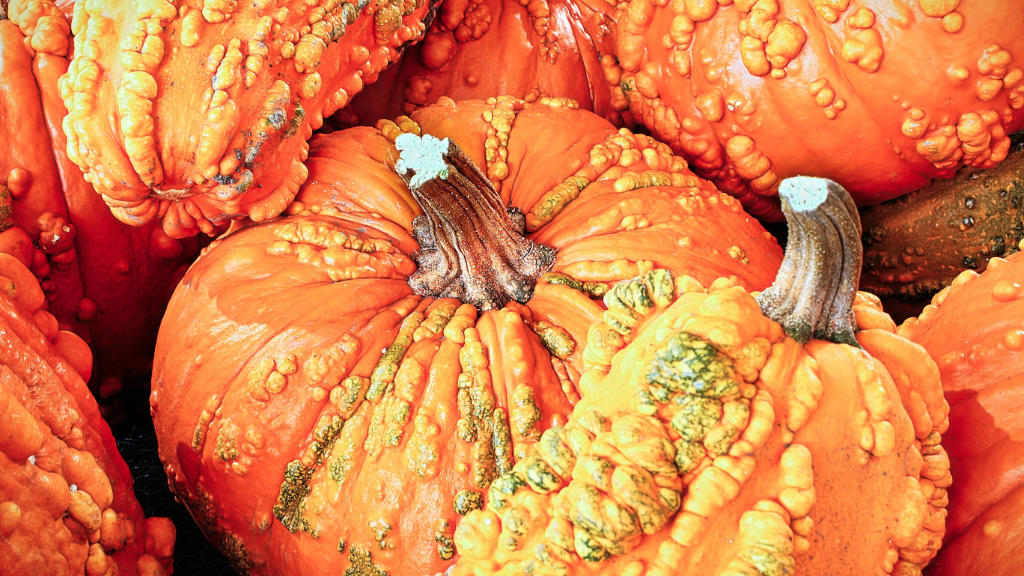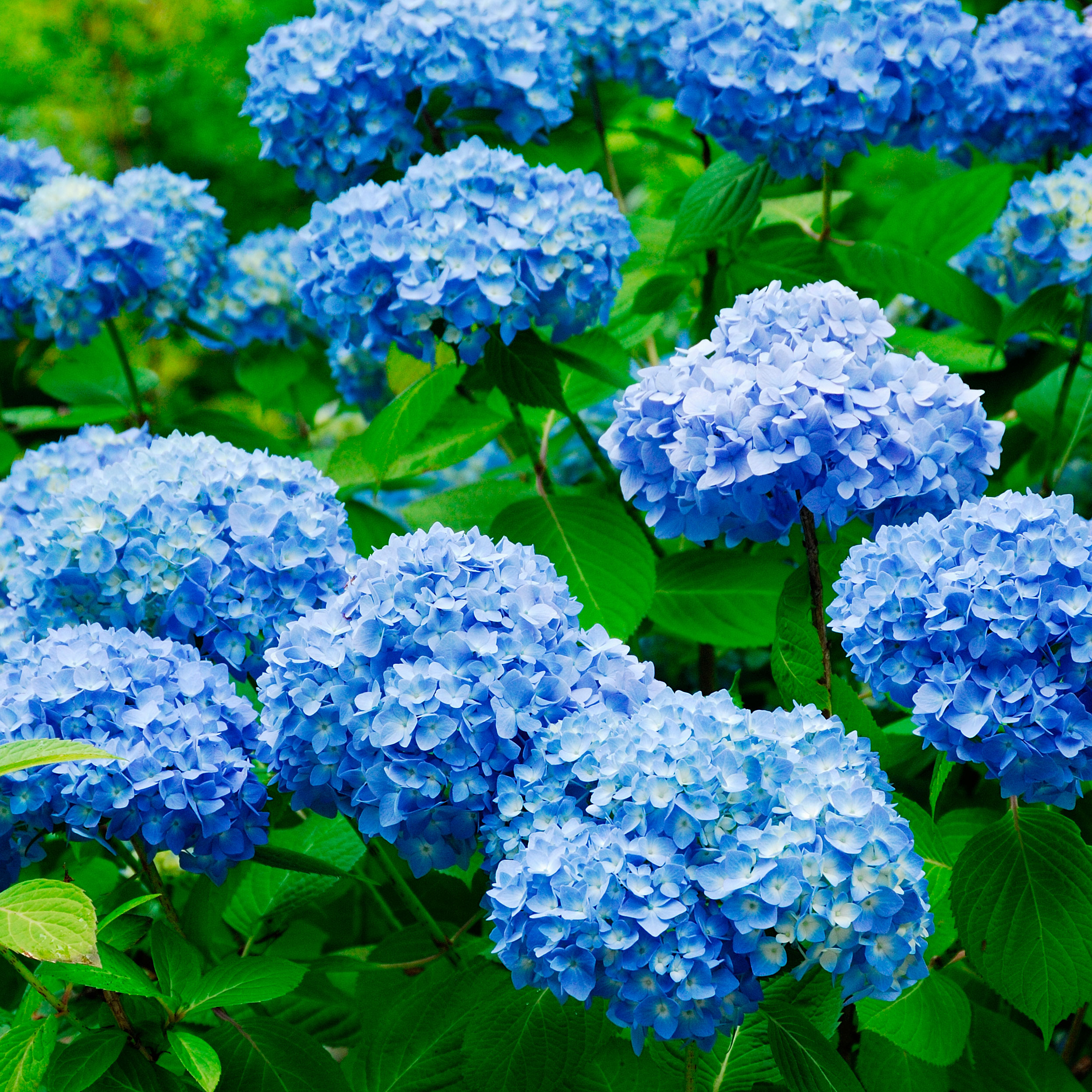History Of Victor Winter Squash


Every once in a while you come across a produce anomaly, an item so strange and unusual that it makes you question your place in this world. Victor winter squash (Cucurbita maxima) is one such anomaly. The squash fruit is warty and bumpy all over like it has a bad case of poison oak. The plant from which it comes has a terribly proper introduction name, but over time its moniker has been reduced much like children on a playground rename their bully targets. However, this plant and its strange fruit deserve our respect because it comes from a long lineage of heirloom seeds carefully stored and fairly recently found again.
History of Victor Winter Squash
Squash plant heirlooms seem to be coming out of the woodwork as family members discover grandma or grandpa's precious stash and decide to share them with the rest of us. One of the latest reintroductions is Victor, brought back into the public eye as Red Warty Thing.
Yep, you read correctly. This squash is known as Red Warty Thing or Victor.
It was originally introduced as Victor by James J.H. Gregory in 1897, but modern breeders have decided on a more colorful name for its reintroduction from the U.S. Seed Bank. The plant is one of the more fascinating in a family of wide diversity of form and color. Squashand gourdshave always been filled with surprises but few top Victor's unique appearance and form.
Red Warty Thing is similar to a pumpkinand tastes much like any other pumpkin. It can be used in soups, stews, roasted, baked with or in any other manner you would use a pumpkin, but it is actually a Hubbard type squash. The flesh is reddish orange and deliciously sweet. The difference is in its skin. Victor's fruit starts out smooth and yellow-orange. In fact, the hue is very pale and subdued and the skin is unremarkable. As the fruit matures, it begins to deepen in color and develop a bumpy skin.
By the time the fruit is fully mature, it can weigh 15 to 20 pounds with deeply orange glowing skin and extremely warty looking. Far from needing a dermatologist, the lumpy skin adds to its ornamental appeal and can be a freaky addition to your fall décor.
Growing Victor Squash Plants
Victor is mature in approximately 90 to 100 days. Like most squash, it prefers a sunny location in fertile, well-draining soil. Plants will send out huge runners, so Victor needs plenty of room or a support upon which to grow.
Gardening tips, videos, info and more delivered right to your inbox!
Sign up for the Gardening Know How newsletter today and receive a free copy of our e-book "How to Grow Delicious Tomatoes".
Red Warty Thing seems to be a favorite prey of cucumber beetles. These beetles pick on plenty of veggies in the garden, but the squash family are some of its favorites. Repellent plants like marigolds, tansy and nasturtium may help, but row covers are the way to go if you have been plagued by these tiny beetles before. Not only will they chew on the foliage and reduce plant health but they also transmit bacterial wilt, a disease that can sweet through the garden.
With a little watchful protection, these squash are quite easy to grow and may even surprise you. Some gardeners mentioned they got fruits that exceeded 48 pounds, but most will be medium sized and useful in the kitchen or as attractive (or are they ugly?) holiday decorations.
-
 Best Blue Hydrangeas: Stunning Blue Hydrangea Varieties For A Sapphire-Studded Garden
Best Blue Hydrangeas: Stunning Blue Hydrangea Varieties For A Sapphire-Studded GardenWhether you’re a mophead or a lacecap lover, blue hydrangea varieties present breathtaking profusions of cool, lush floral displays. Here are 5 of the best to try
-
 8 Noteworthy Native Azaleas Every Gardener Should Know – And Grow!
8 Noteworthy Native Azaleas Every Gardener Should Know – And Grow!Native azaleas offer brilliant blooms in a range of colors and sizes. Here are a few favorites to get inspired and start working on a native shade garden!